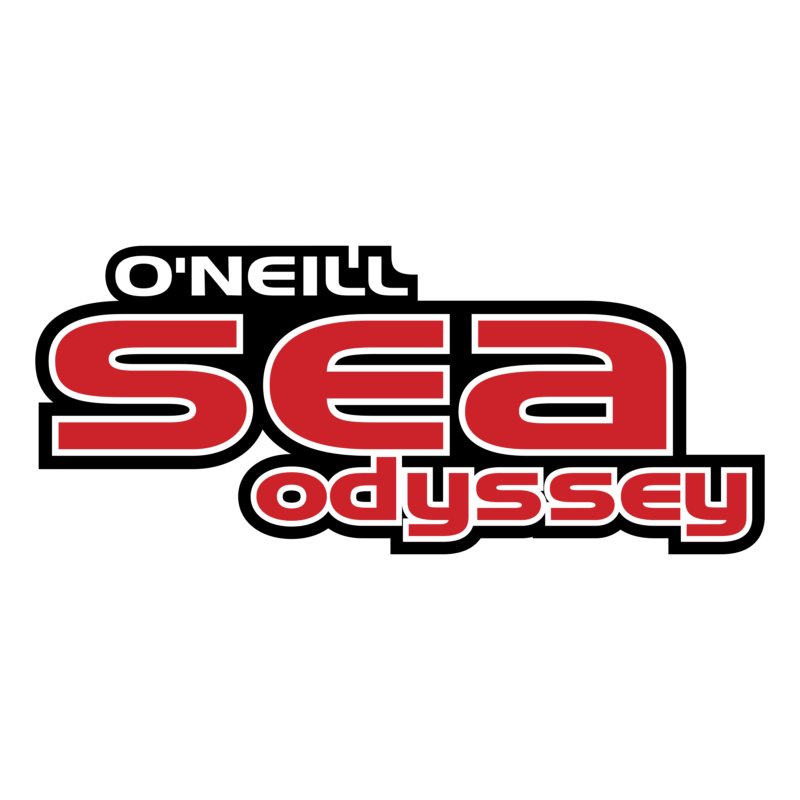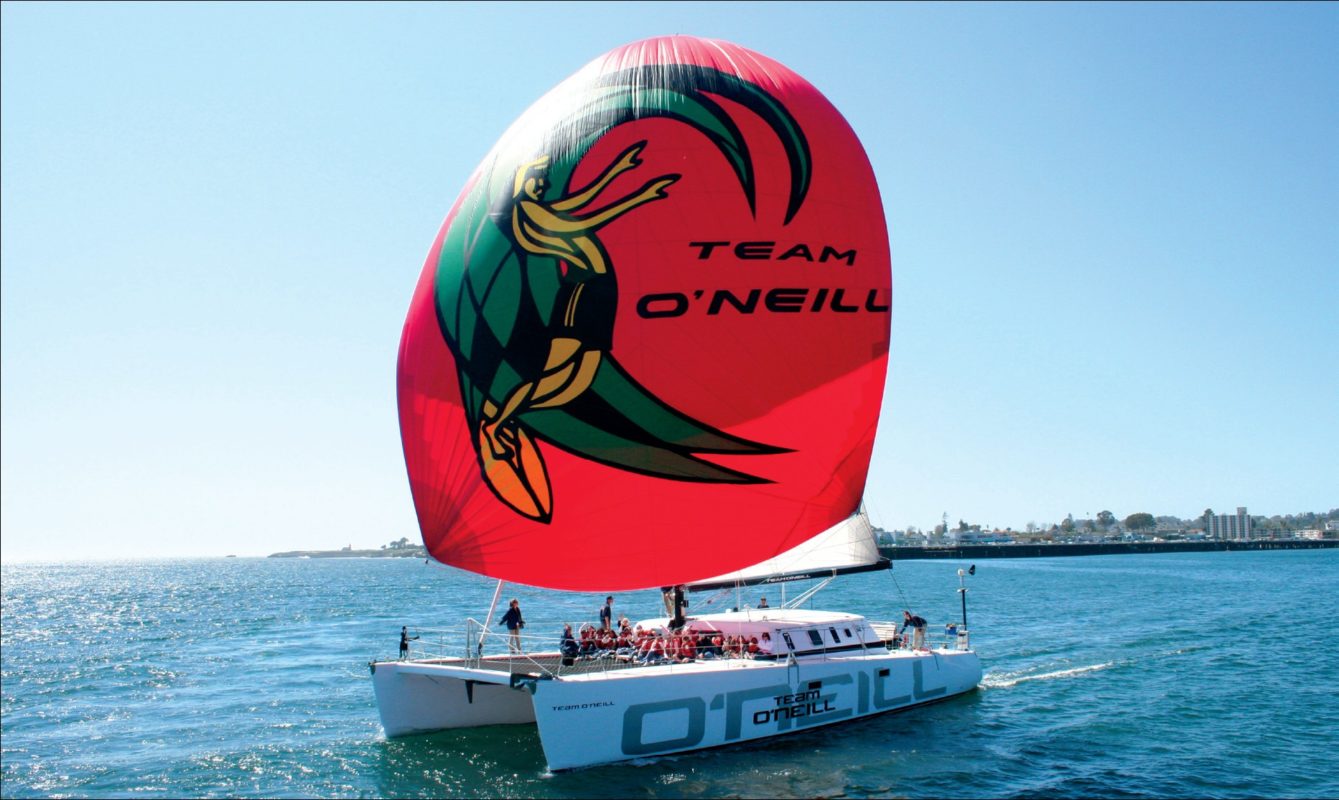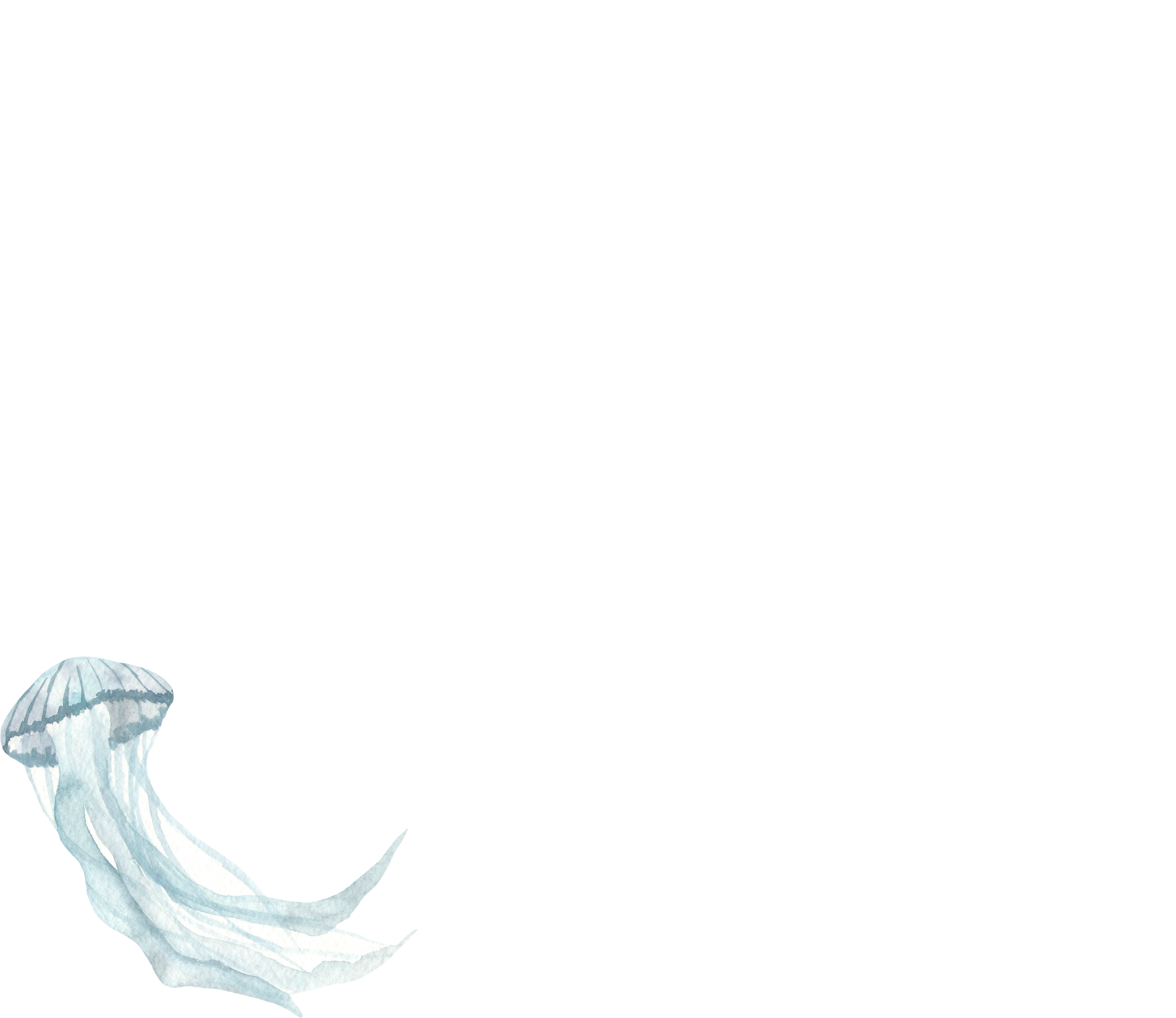GOALS & CURRICULUM
View Our Curriculum
O’Neill Sea Odyssey’s curriculum is designed to support the educational goals of the schools that participate. OSO emphasizes hands-on learning and experiential education with a focus on marine biology, marine ecology and navigation. Each of the learning stations align with both state and federal education standards. Our curriculum is taught on the Team O’Neill Catamaran on the Monterey Bay and in our shoreside classroom at the Jack O’Neill & Harry Hind Education Center. The curriculum can be accessed for free online in English or Spanish.
View Our Teacher Packet
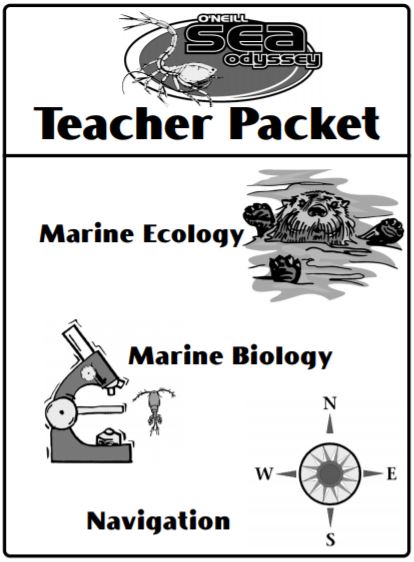 A Teacher Packet is provided to each participating teacher to help prepare their students for the three hour program. This packet exposes students to environmental and oceanographic concepts that they will encounter during their OSO trip and creates a more in-depth educational experience.
A Teacher Packet is provided to each participating teacher to help prepare their students for the three hour program. This packet exposes students to environmental and oceanographic concepts that they will encounter during their OSO trip and creates a more in-depth educational experience.
Learning Cycle
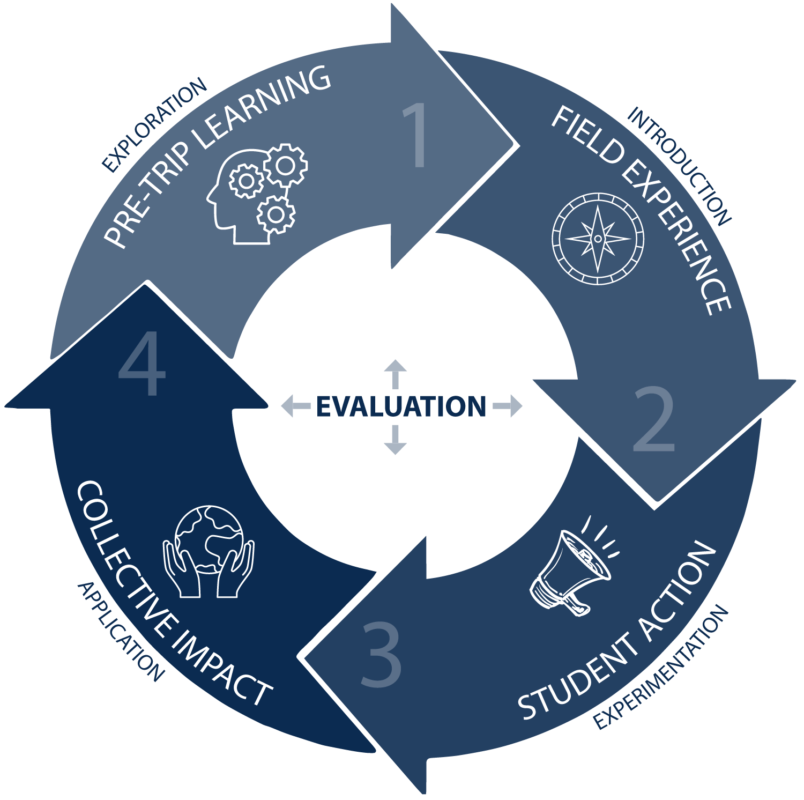
Education Station Videos
STATION 1: NAVIGATION
Learn about electronic technology for navigation, triangulation, line-of-sight, use of magnetic hand-held compasses, and other elements of navigation. Students use hand-held compasses to take 3 bearings on local landmarks. This information is recorded on a datasheet along with readings of wind speed, weather and depth as it relates to oceanic charts.
STATION 2: ECOLOGY
Learn information about the Monterey Bay Sanctuary’s characteristics and marine life and habitats. Discussion includes the kelp forest, marine mammals, human influence on our marine habitat and related ecosystems, threats to the bay, and ideas for conservation and preservation. Visual aids are used to emphasize concepts. A water sample is taken to learn about pH.
STATION 3: MARINE BIOLOGY
Discussion includes the life cycles of plankton, their role in the food web and the unique chemical and physical balance that helps maintain life in the sea. Students participate in a plankton tow and the specimen is taken back to the classroom for further examination. After their outing on the Catamaran, students move to the shoreside Education Center to continue their research.
